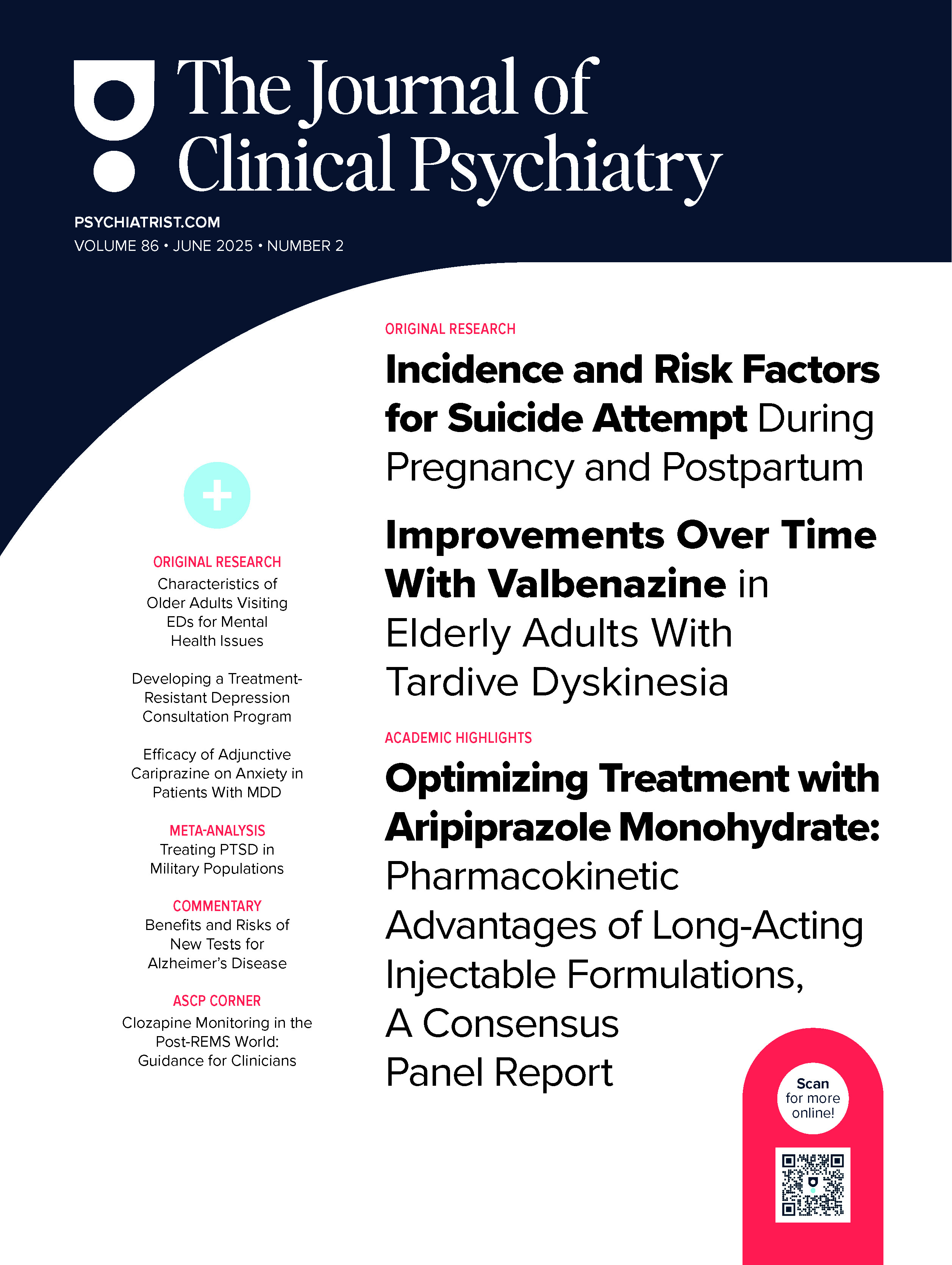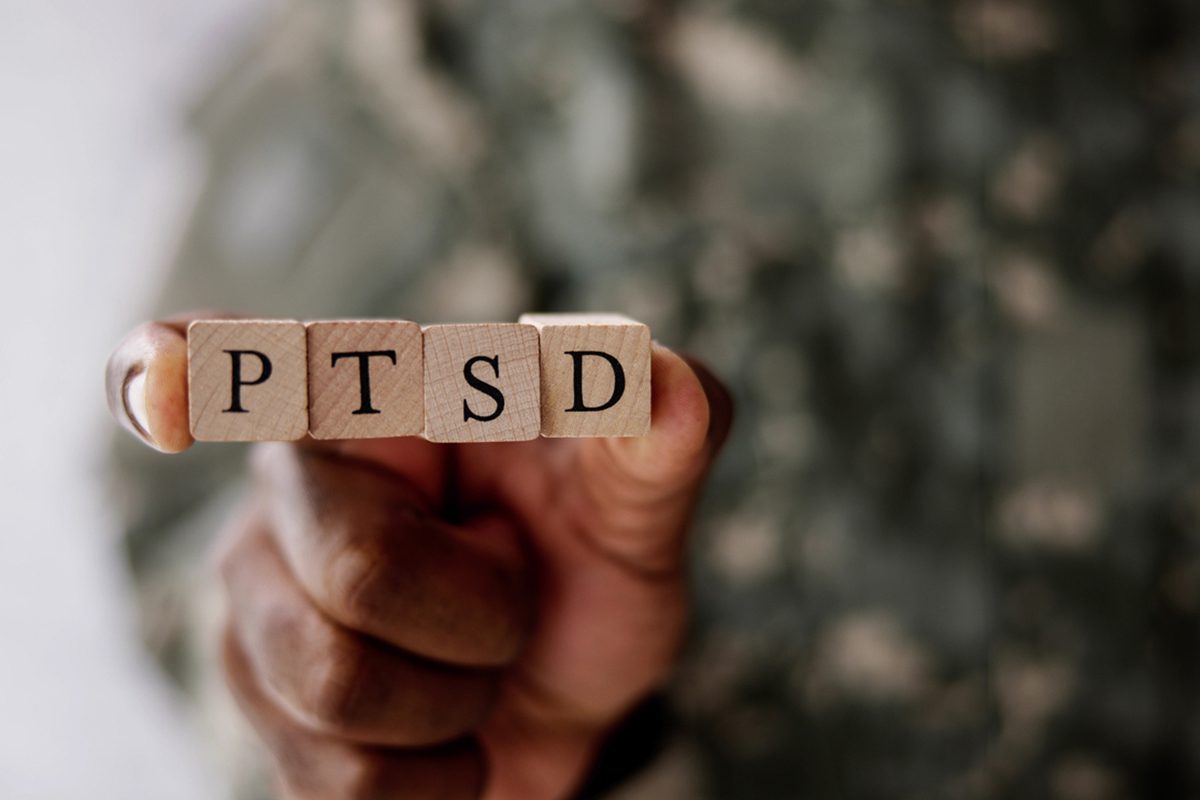Objective: This study examined demographic, military, and clinical characteristics associated with combat-related concussion and persistent postconcussive symptoms; and how combat-related concussion and persistent postconcussive symptoms and a novel 5-factor model of posttraumatic stress disorder (PTSD) symptoms are related to physical and mental health-related quality of life in veterans who served in Iraq and Afghanistan.
Method: 233 veterans recruited from the Veterans Affairs Hawaii Program Registry who served in Iraq and Afghanistan completed a survey in 2010 that assessed combat-related concussion and persistent postconcussive symptoms, PTSD (DSM-IV criteria), alcohol use problems, and physical and mental health-related quality of life. The primary measure was physical and mental health-related quality of life as assessed by the 12-item Short-Form Health Survey, version 2.
Results: Veterans who screened positive for combat-related concussion and persistent postconcussive symptoms were more likely than those who did not to report direct combat exposure (χ2 = 15.46, P < .001), living in a rural area (χ2 = 6.86, P < .01), and screening positive for PTSD (χ2 = 37.67, P < .001) and alcohol use problems (χ2 = 11.62, P < .01); 57.3% of veterans who screened positive for combat-related concussion and persistent postconcussive symptoms screened positive for PTSD. In bivariate analyses, combat-related concussion and persistent postconcussive symptoms were associated with lower scores on measures of physical and mental health-related quality of life (r = −0.27 to −0.45, P < .001). In multivariate analyses, combat-related concussion and persistent postconcussive symptoms were no longer related to these outcomes, with PTSD-related dysphoric arousal symptoms as the strongest predictor of physical health-related quality of life (β = −0.55, P < .001) and PTSD-related emotional numbing symptoms (β = −0.56, P < .001) as the strongest predictor of mental health-related quality of life.
Conclusions: Results of this study suggest that a 5-factor model of PTSD symptoms may provide greater specificity in understanding the relation between combat-related concussion and persistent postconcussive symptoms, PTSD symptoms, and health-related physical and mental quality of life in Iraq/Afghanistan veterans. Psychiatric clinicians should consider this heterogeneity of PTSD symptoms when assessing and treating symptomatic veterans.
J Clin Psychiatry 2012;73(00):000-000
© Copyright 2012 Physicians Postgraduate Press, Inc.
Submitted: December 7, 2011; accepted February 28, 2012.
Online ahead of print: June 26, 2012 (doi:10.4088/JCP.11m07587).
Corresponding author: Jack Tsai, PhD, Yale University, Department of Psychiatry, 950 Campbell Ave, 151D, West Haven, CT 06516 ([email protected]).
Members Only Content
This full article is available exclusively to Professional tier members. Subscribe now to unlock the HTML version and gain unlimited access to our entire library plus all PDFs. If you’re already a subscriber, please log in below to continue reading.
Please sign in or purchase this PDF for $40.00.
Already a member? Login




